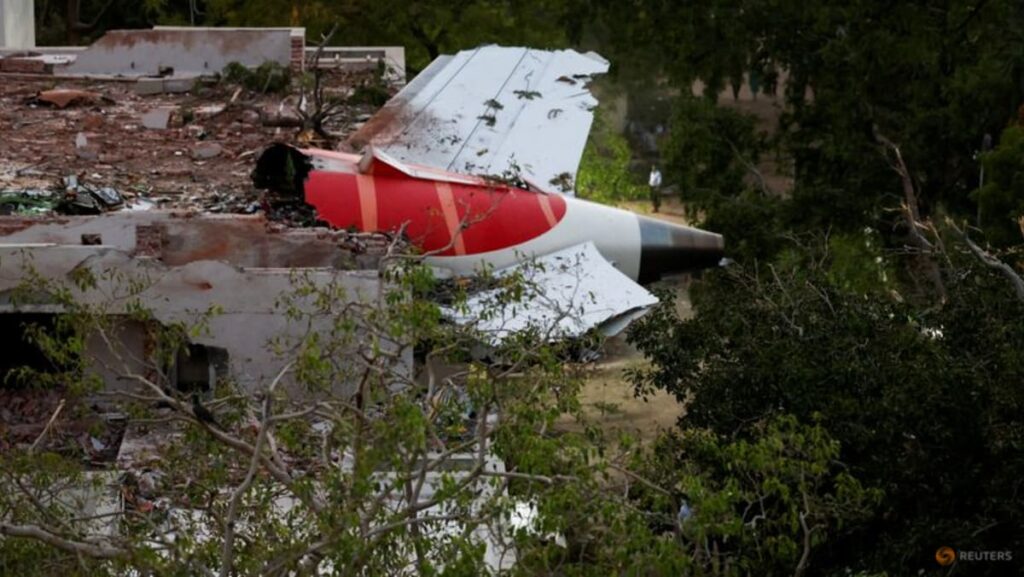US aviation safety expert John Cox said a pilot would not be able to accidentally move the fuel switches that feed the engines. “You can’t bump them and they move,” he said.
Flipping to cutoff almost immediately cuts the engines. It is most often used to turn engines off once a plane has arrived at its airport gate and in certain emergency situations, such as an engine fire.
The report does not indicate there was any emergency requiring an engine cutoff.
INVESTIGATION ONGOING
The agency, an office under India’s civil aviation ministry, is leading the probe into the world’s deadliest aviation accident in a decade.
Earlier this week, specialist website The Air Current, citing multiple sources familiar with the probe, reported it had “narrowed its focus to the movement of the engine fuel switches”, while noting that full analysis will “take months – if not longer”.
It added that “the focus of the investigators could change during that time”.
The Indian agency’s report said that the US Federal Aviation Administration had issued an information bulletin in 2018 about “the potential disengagement of the fuel control switch locking feature”.
Though the concern was not considered an “unsafe condition” that would warrant a more serious directive, Air India told investigators it did not carry out suggested inspections as they were “advisory and not mandatory”.
Air India was compliant with all airworthiness directives and alert service bulletins on the aircraft, the report said.
The investigations bureau said there were “no recommended actions to B787-8 and/or GE GEnx-1B engine operators and manufacturers”, suggesting no technical issues with the engines (GE) or the aircraft (Boeing).
Boeing did not immediately respond to a request for comment.
The bureau said the investigation was ongoing, and that additional evidence and information had been “sought from the stakeholders”.
Read the full article here

